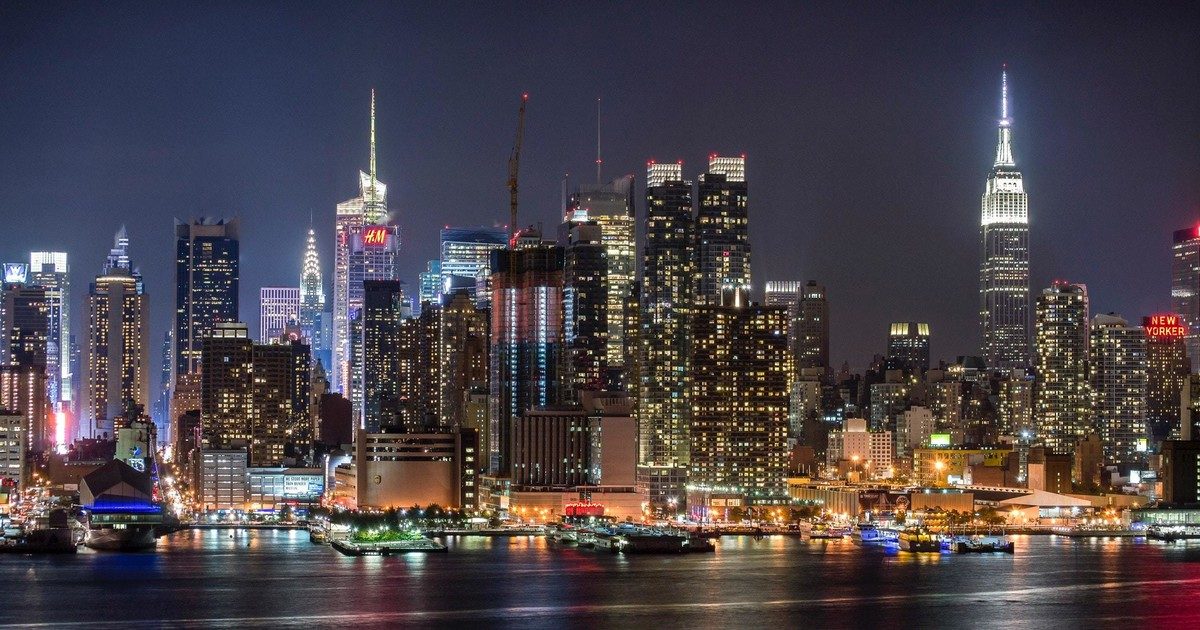In “The City as a Growth Machine” from John R. Logan’s book Urban Fortunes, and Kevin Loughran’s paper “Parks for Profit”, the city is discussed and analyzed as a “growth machine”. This term refers to the way that the elites in cities benefit from economic growth and therefore structure cities’ political atmosphere to foster further growth. These articles made me think about the word “growth” and what it means for a city’s residents. While some groups within cities benefit greatly from economic growth, there are others that do not see these benefits in the same way. The poor members of a city may be hurt by a city’s economic growth as it can widen the economic and social gap between the wealthy and the poor.
This thinking inspired the first part of my expert question of whether economic growth within a city means overall progress or not. Loughran’s paper highlights many problems associated with economic growth as it pertains to the urban poor. He uses the example of New York’s High Line to explain how investment in public spaces can exacerbate inequality within a city. Many of the inequality issues with public space pertains to accessibility. For example, many aspects of the New York’s High Line make it less accessible to the poor than to the wealthy. To enjoy the public space, residents first must be able to find it. While this seems as though it would be equally easy for all residents, that is not the case. Since the public space is meant to attract wealthier residents and tourists, it is well-known in these social circles, and far less known in lower class society. Other aspects of the High Line experience designate it as a privileged space. Examples of this include its excessive cleanliness, the removal of bottles so people cannot collect them, the $1000 application fee for vendors, the wealthy developments it overlooks, the members only section, and the list continues. The issue stems from the political objective for economic growth. The goal is to attract elites and therefore the space is structured in a way that disproportionately benefits and appeals to a higher socioeconomic class. This phenomenon is true of many public spaces in cities, not just the High Line.
The specific example of New York’s High Line is just one manifestation of the larger issue at hand, which is that economic growth of cities is structured in a way that disproportionately benefits the wealthy. This brings me to my second question of what we can do to foster growth that benefits all. The answers I got in class were primarily related to this issue of accessibility. The problem is not simply that cities need to make urban spaces more accessible to the poor, but that they need to make influence in the planning process more accessible. People of all socioeconomic statuses need to be included in local politics, rather than just the elite. The current system of letting the elites structure city growth in a way that benefits them is what perpetuates inequality. The voices of all community members must be heard and considered when making political decisions that affect the economy of a city. Without change to the structure of political systems within cities, socio spatial inequality will continue to grow, and the urban poor will lack access to the resources that wealthier members of the community benefit from.
